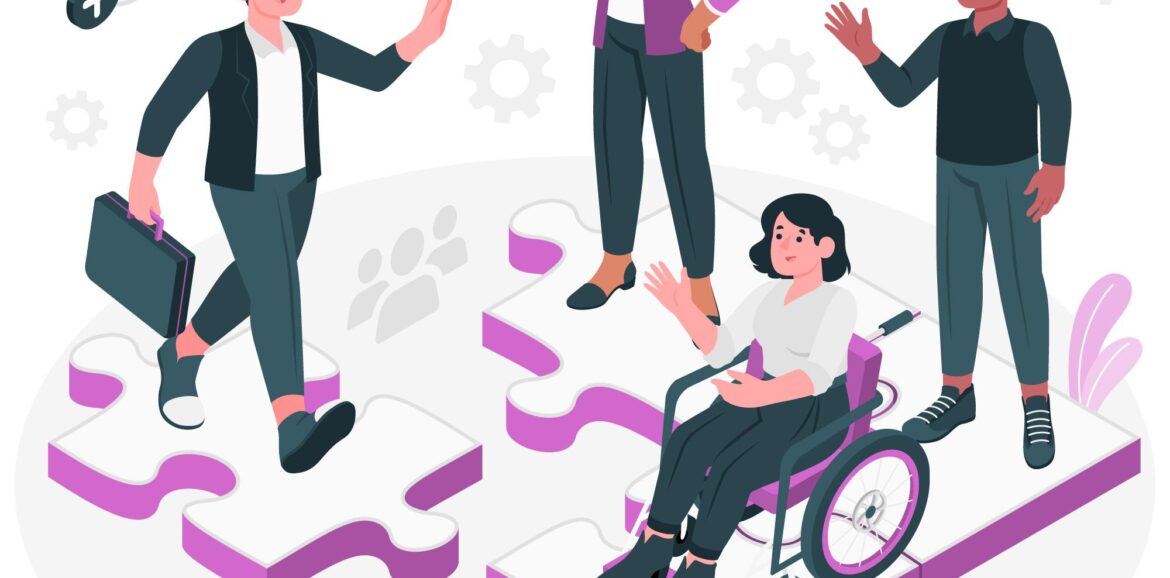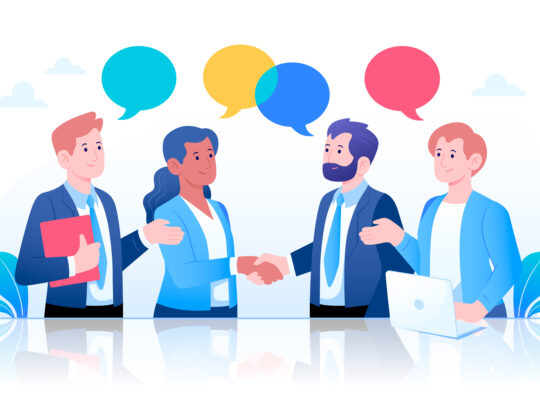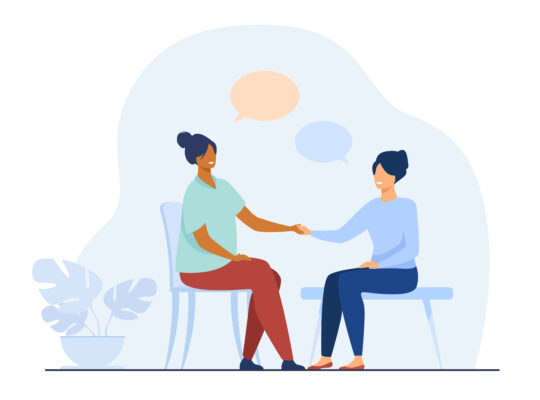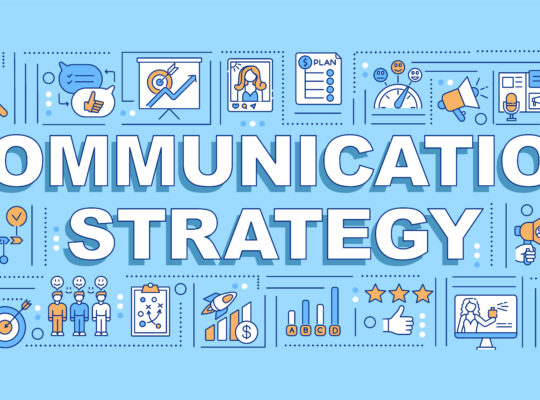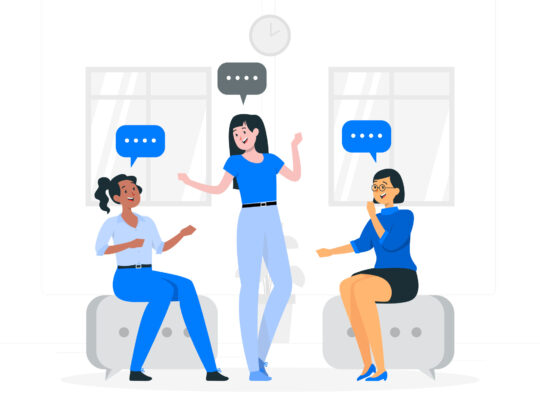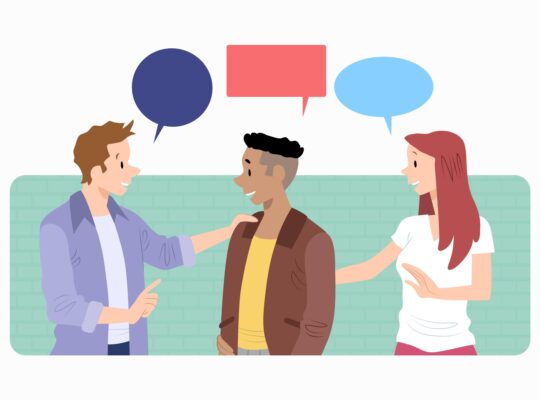| Develop Interpersonal Skills for Inclusive Workplaces | ||
| Instructor: Sarah-Soonling Blackburn |  | |
| Released: 4/19/2022 | Course Details 42m General | |
| Skills Covered Interpersonal Skills Diversity & Inclusion | Course Link | |
| Professional Certifications and Continuing Education Units (CEUs) N/A | ||
Self-Awareness
Our perceptions are our realities
Self-awareness includes being aware of how others understand you. Ask people to share feedback on how they see you. Listen with an open mind. It’s important to ask for feedback from those who don’t know you well.
How you perceive yourself is still the most vital component of self-awareness.
Moving towards inclusive actions
Like-Me Bias
A bias that makes people prefer people, situations, and ways of being that are familiar.
The negative side of like-me bias unfortunately, is that we start to dislike or reject the unfamiliar. When we move towards inclusion instead, we both strengthen our relationships and our work, because we’re able to take the best from different perspectives.
Bennett Model of Intercultural Sensitivity
Various stages of intercultural sensitivity to help people understand how they perceive cultural differences.
- Denial – Not recognizing the existence of other cultures or cultural differences.
- Defense – Recognizing that cultural differences exist but feeling threatened by these differences.
- Minimization – Accepting cultural differences but not focusing on them too much.
Practicing Inclusive Actions
- Mentally label something as new or different without placing a value judgment on it.
- Adapt to different ways of being.
- Speak up when you see exclusive actions
- Recognize that all cultures have value
Becoming more curious
- Notice when you’re having a judgmental thought.
- Determine if your judgment is helpful or harmful.
- Ask yourself curious questions.
- Seek out additional perspectives.
- Decide how this situation will cause you to act differently in the future.
- “I notice…” – observable facts
- “I imagine…” – your interpretation
- “I wonder…” – open discussion
Example:
“I notice you didn’t finish everything you said you would before you left. I imagine that wedding planning was really stressful. I wonder what I could have done to help you earlier on, or how we can handle situations like this in the future.”
One-on-One Relationships
Individualizing our relationships
Instead of “treat others how we want to be treated” we should be focusing on “treat others how they want to be treated”.
Think about 4 or 5 people you work with most often. What unifies this group? What makes each person unique?
Choose one person you want to have a stronger working relationship with. How can you change how you interact with them?
Identify one person who has a unique trait that you also share. What action can you take the next time you interact with them?
Deeply listening
Listen not for what people are saying but for what they’re trying to communicate.
“Listen with the same passion with which you want to be heard.” – Harriet Lerner, American psychologist
“I don’t have to agree or disagree.”
“I don’t have to respond right away”
“I don’t have to ask a question or share my own story.”
Dealing with disagreement
Learning how to disagree, respectfully and in good faith, can strengthen relationships. Practice respectful language of disagreement.
“I agree with ____ and I want to add…”
“I have a different point of view…”
“I disagree with you because…”
Be transparent about why you’re disagreeing. Acknowledge that you hear and consider the other person’s perspectives.
Be prepared for others to disagree with you.
Meetings and Group Settings
Having more inclusive group conversations
Familiar characters during teamwork:
- Talker – always has an opinion
- Quiet one – never know what they are thinking
- Agreers
- Contrarians
- Just one more question person
Make space for perspectives to be heard. Take space when you have a perspective to share. Identify the role you play in your group dynamics. Notice and narrate dynamics that are happening.
Use videoconferencing technology features to include everyone. Hand raise features identify when some has something to share without interrupting.
Strengthening relationships through routines and rituals
Routines and rituals should be in service of something related to the missions and goals of the group engaging in them.
What purpose will stronger relationships serve in this context? How do you build something together that serves that purpose?
Identifying and prioritizing relationships
Identify where your preferences and boundaries intersect with others. Prioritize relationships you interact with the most. Identify a relationship you want to strengthen. What are the points of commonality? Focus on those intersection points.
What are the differences that make it hard for you both to relate?
 | Remember! To experience the full benefit of this guide, I highly recommend you watch the full training session. |
